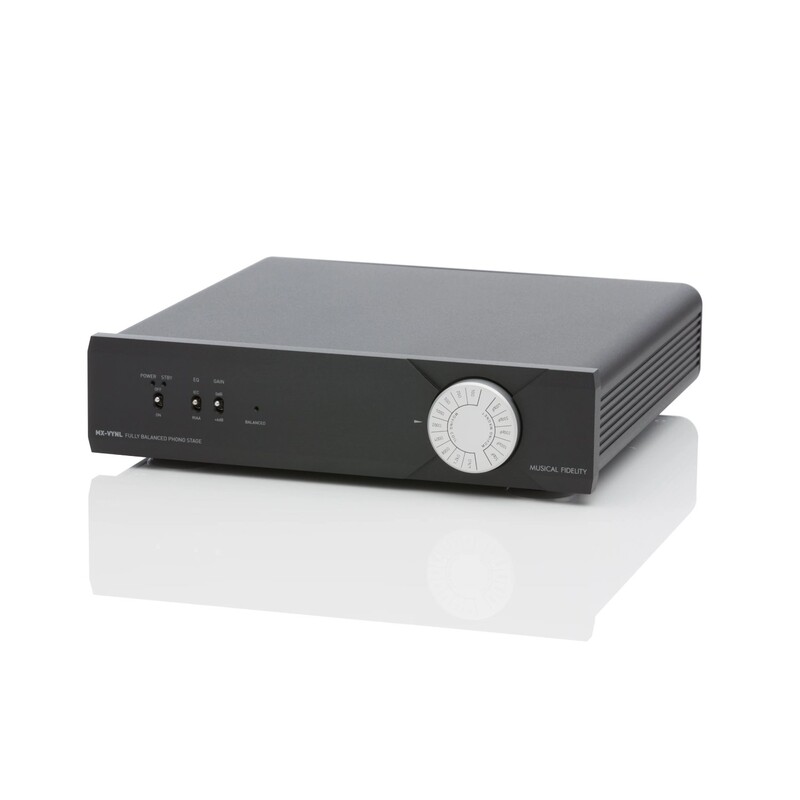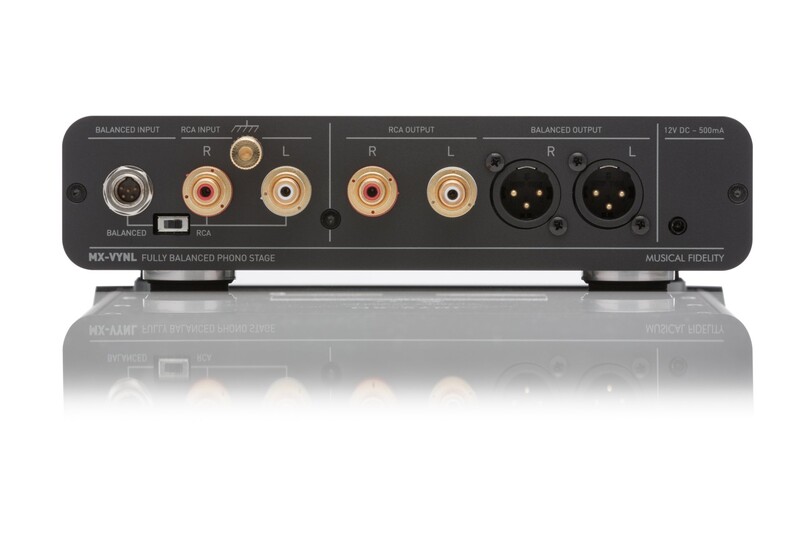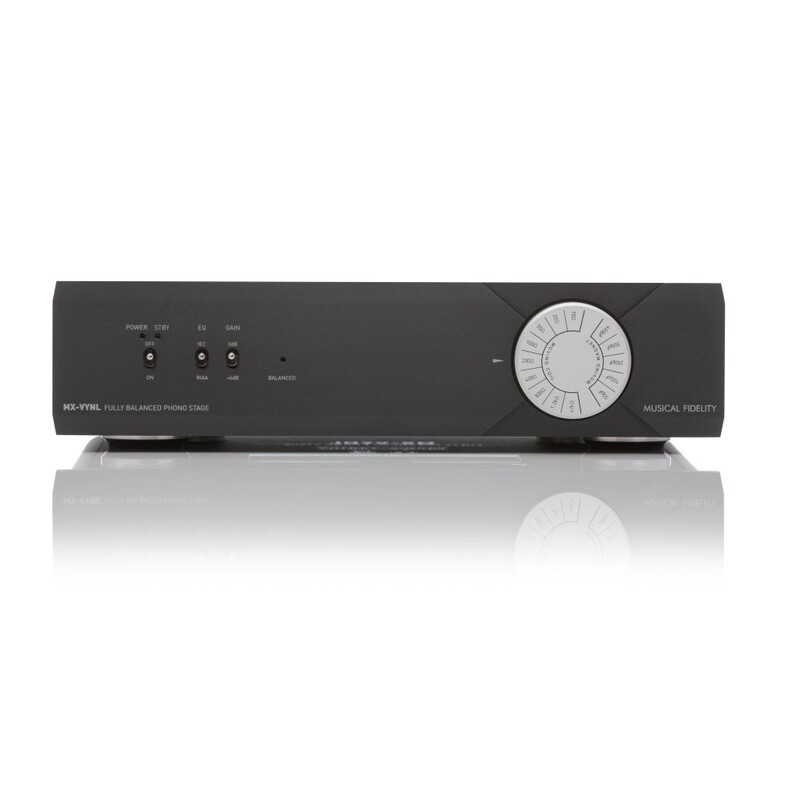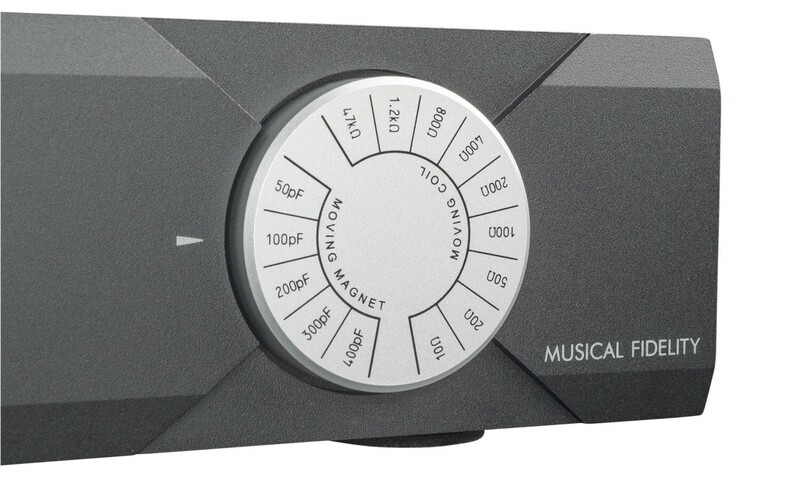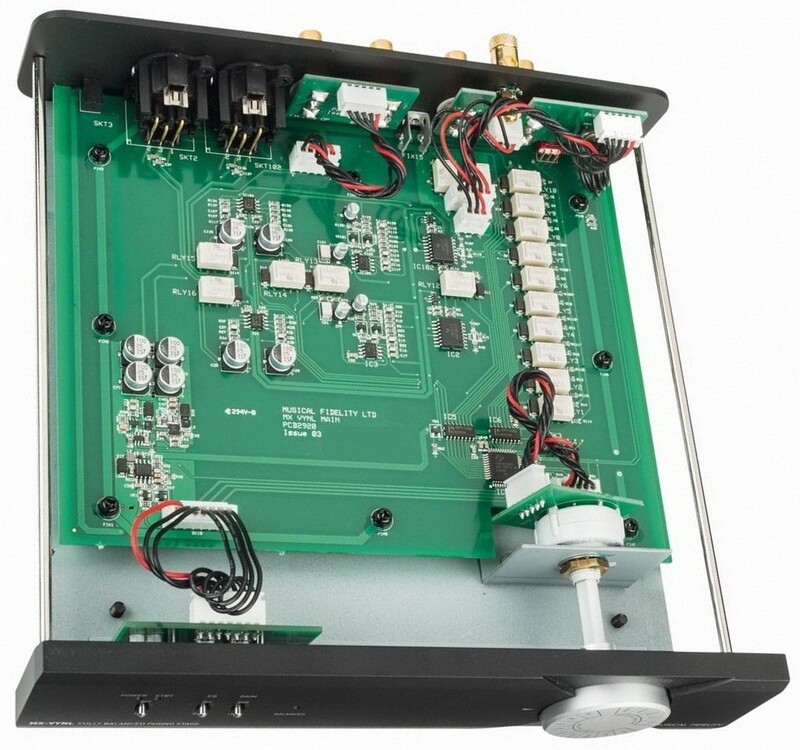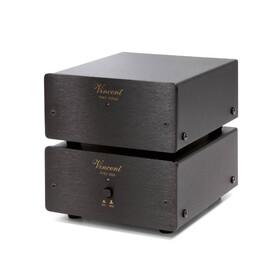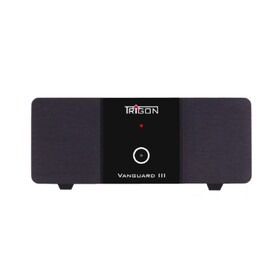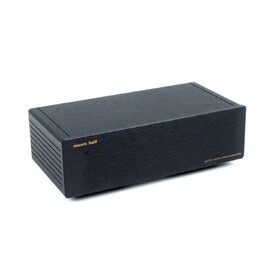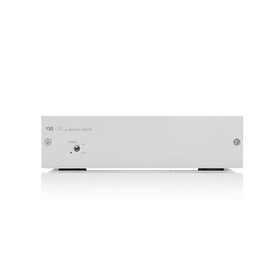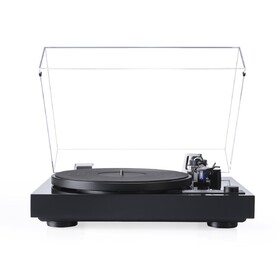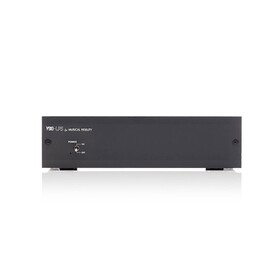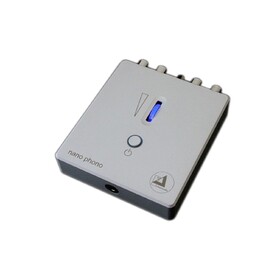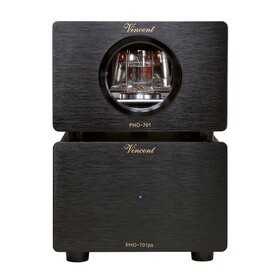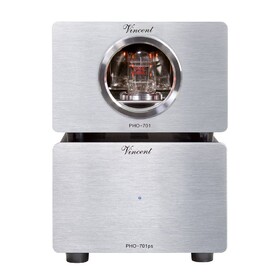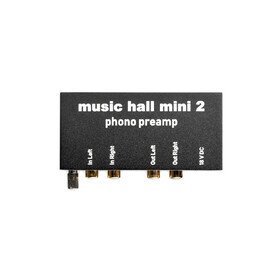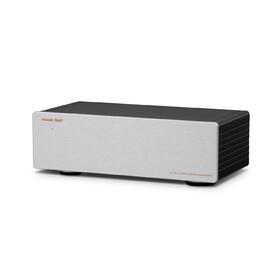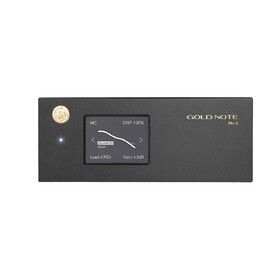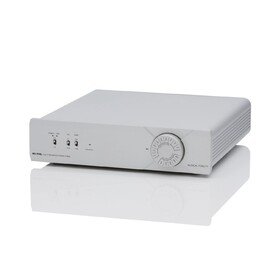Description
Phono stage, type: MM/MC, adjustable input impedance and capacitance, RIAA/IEC correction: +/- 0.1 dB, input sensitivity: MM 2.5 mV, MC 0.4 mV, harmonics: 0.007%/0.01 % (MM/MS), signal-to-noise ratio: 101 dB (MM), 98 dB (MS), output voltage: 4 V (RCA), 8 V (XLR), dimensions: 220 x 53 x 215 mm, weight: 1.9 kg
From a technical point of view, the Musical Fidelity MX-VYNL phono stage can satisfy even restless experimenters and upgrade enthusiasts. The corrector is designed to work with different types of heads and allows you to select the optimal mode for each specific instance. To do this, there is a choice of nine load resistance values for MC (10, 20, 50, 100, 200, 400, 800, 1200, 47000 Ohm) and five input capacitance values for MM (50, 100, 200, 300, 400 pF) . Conveniently, it’s easy to select input parameters right during playback - you don’t need to remove the top cover or click DIP switches hidden in the bottom of the case. Settings are made using a large knob, half recessed into the front panel. If the head output is lower than standard, use the “+6 dB” toggle switch to double the gain. If you need to weaken the infra-low component (the room starts up, the subwoofer hums), just switch from RIAA correction to IEC.
Input switching provides for the simultaneous connection of two players (or one with a pair of tonearms), one in a balanced circuit via a 5-pin mini XLR connector, and the other via RCA jacks with a ground screw. The currently required input is selected using a slide switch on the rear panel. There are also two outputs - balanced on standard XLR and regular RCA. They are not switched and can be used in parallel, for example, for recording (digitization) and simultaneous control of the process through a second circuit. The MX-VYNL circuit is fully balanced, and the description says that it uses correction in accordance with the updated RIAA standard, which stipulates a frequency response of up to 80 kHz. Technical characteristics are impressive: deviation from the standard curve 0.1 dB, weighted signal-to-noise ratio in MC mode -98 dB, overload capacity 24 dB. The corrector is powered by an external adapter that produces 12 V DC at a current of 500 mA. Apparently, the device itself has a voltage converter to bipolar, because only in this case is it possible to implement a completely symmetrical circuit of the amplification path.
